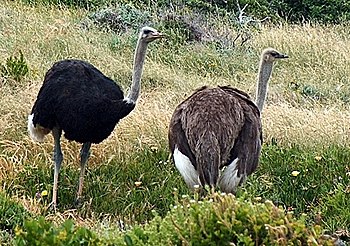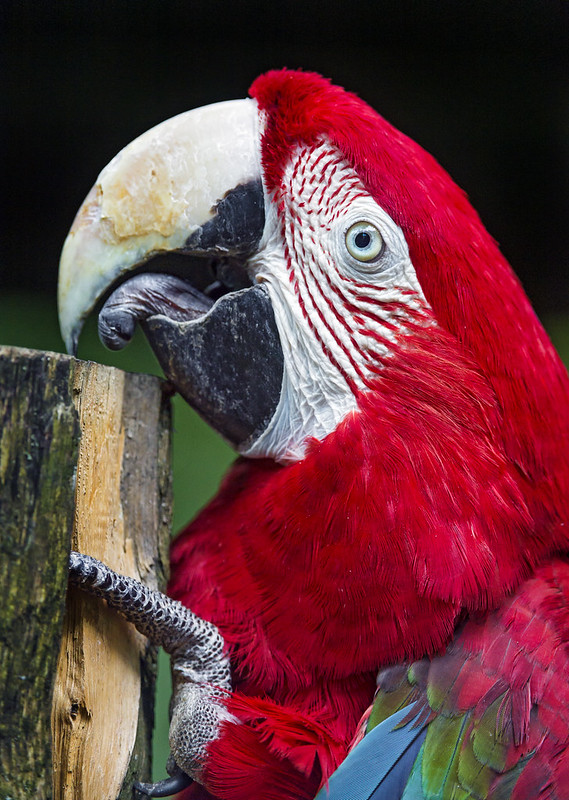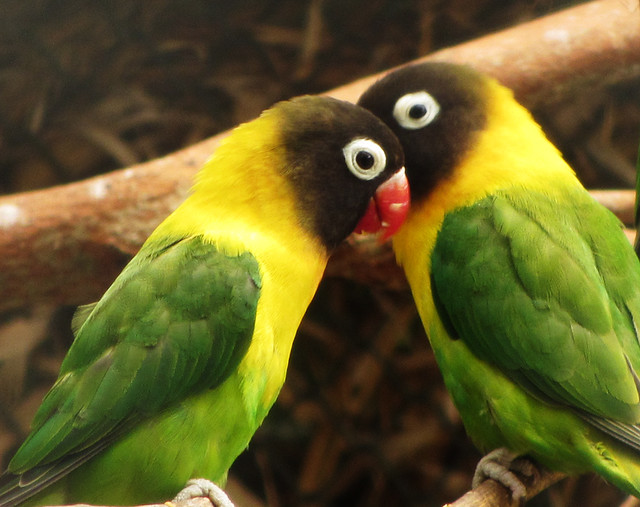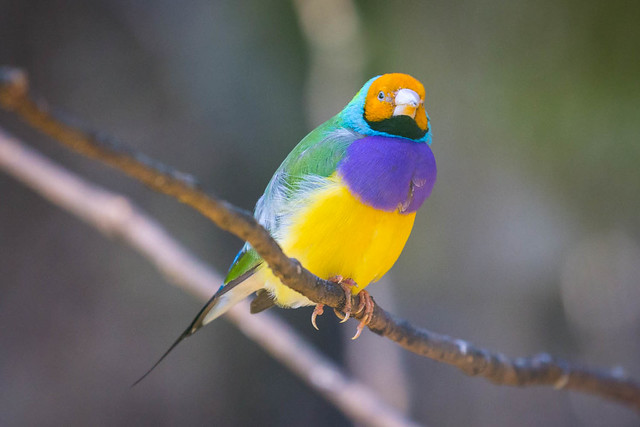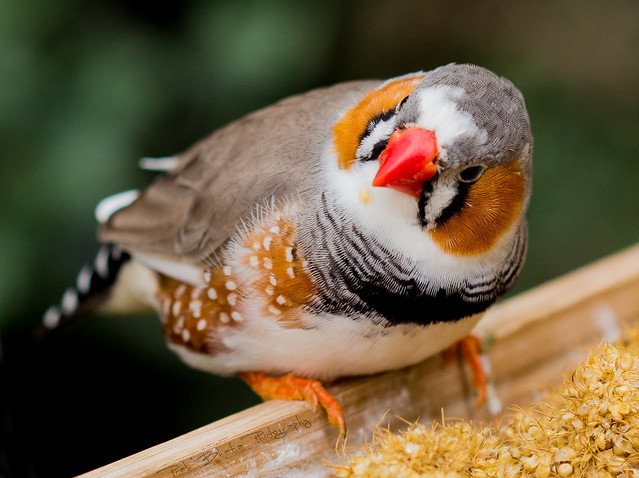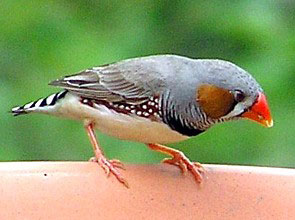 |
| Zebra Finch (Taeniopygia guttata) (Photo credit: Wikipedia) |
The birds within the finch family happen to be so petite as well as light-weight that they are an excellent selection for birds to enjoy as pets. Many species of finch are generally sturdy and long-lived. Your new feathered pals will supply everyone with many years of companionship as well as leisure.
These little avian species really are pretty sociable and pleasurable. They are nearly continuously energetic inside their cages and aviaries. They jump about, soar about and they even run. A couple of species even do tiny dances.
They have to have a cage or an aviary that has about 20 inches of room for them to spread their wings and fly a bit. For those who take into consideration it 20 inches is about four instances longer than most of these tiny creatures.
You'll need to produce them with lots of fresh water every day. They may also need fresh food every day. They're genuinely easy to feed. These small birds will eat a variety of distinctive varieties of food that continues to be marketed for them. You'll be able to come across their food in any way pet supply retailers, most all grocery shops, and essentially anywhere else you may purchase pet food. If you can not acquire a specialized seed for finches they are going to eat parakeet seed just also. They also will consume the game bird that is certainly crumbled.
Fresh fruits and vegetables are a number of their preferred foods. Corn, peas, carrots, broccoli and also sweet potatoes will be chopped up and served to these little fellows. They're going to like the fresh organic foods. A fantastic insect or modest worm is often an ideal alternative for them at the same time. Mealworms in unique appear to become one of many favorite foods on the finch diet.
The finch loved ones make such fantastic pets because they're not incredibly noisy birds. Only the males sing and they usually do not sit and sing continuously. They may be compact and require comparatively modest living spaces so they may be wonderful for the particular person who lives in an apartment.
You don't need to walk a finch-like you do a dog. You do not have the fur difficulty in your furniture the way you do having a dog or perhaps a cat. They tend not to get out of their cage when you happen to be at work and chew up your preferred shoes either.
Finches as pets stay put in their cage and let you observe them and their activities. They definitely favor it if you did not choose to touch them normally. You'll not prefer to try and hold your finch a good deal. If you ever do desire to manage the birds they are not negative to bite. If 1 does take place to bite you, the bite is going to be a lot more like a pinch. They tend not to have beaks like parrots so they're going to not result in you to bruise or break the skin.
Retaining finches is fun and uncomplicated, in addition to a terrific way to have a pet that calls for quite a little care.
Submitted by: Dane File
About the Author: I invite you to come see my site and read my free mini-course on " Top 10 Secrets To Healthy & Happy Finches” by clicking to http://www.FinchesBirdAnswers.com
Permanent Link: https://www.isnare.com/?aid=931733&ca=Pets
|



